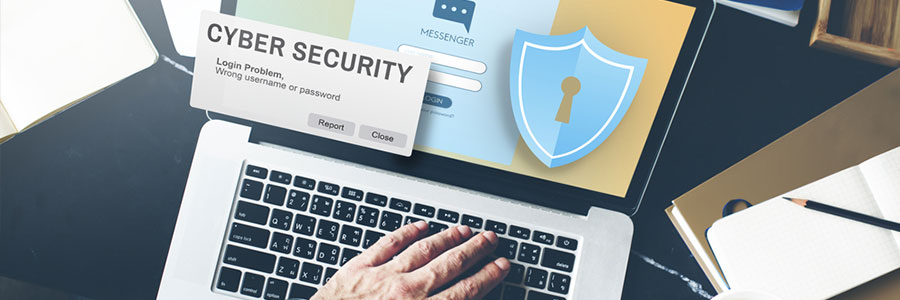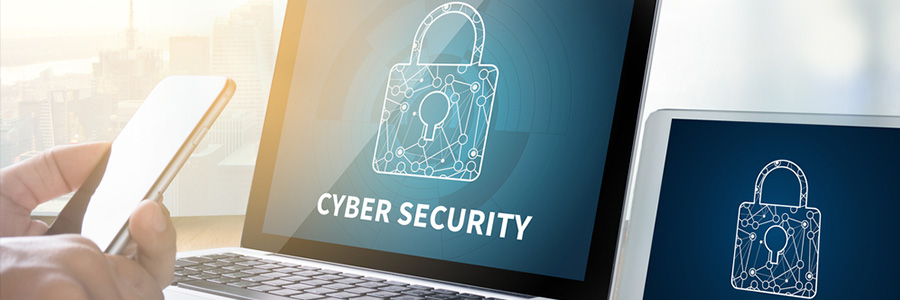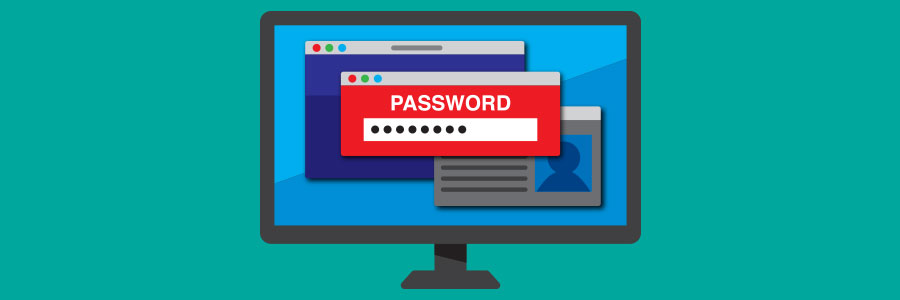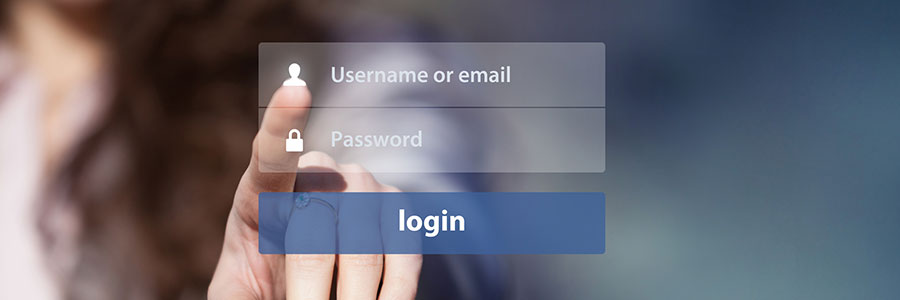With the rise of eCommerce and online banking, cybercrime has evolved. Like criminals who pull smash-and-grab jobs, they go where the money is. However, unlike bank robbers, cybercriminals do their best to avoid detection by letting malware do the work for them.
Your Computer Guy, Inc.
Providing Just The Right Amount of IT®
Royal Palm Beach, FL 33411
United States
Should you monitor your employees online?

To monitor your employees, or not to monitor them, that is the topic of this blog post. If you’ve ever considered checking in on your staff’s online activities, you may have hesitated about whether or not it’s the right decision. We’ve listed the pros and cons of monitoring your employees, and some tips to make it a success if you go through with it.
Cybersecurity and managed IT services
Threats facing financial institutions today
Fileless malware: The guileful threat

Fileless malware isn’t new and are an increasingly prevalent threat against organizations. This type of malware is not as visible as traditional malware and employs a variety of techniques to stay persistent. Consequently, it can adversely affect your business process and the infrastructures that run them.
Autocomplete password risks
Why you need a VPN and how to choose one
Your password may be poor — update it now
3 Types of hackers you should know about

What do you call someone who hunts for security gaps in computer hardware and software? A hacker, right? What about someone who presents their findings to vendors to help them improve the quality of their products? There is more than one type of hacker, and understanding the difference is important.
Cloud migration made safe and secure

While many IT providers tout the revolutionary benefits of the cloud, very few address the security aspect of it. The fact is, when you’re using a cloud service, you’re moving information out of your hands and into a third party. So doesn’t it make sense to take precautions? Dropbox alone has had the accounts of nearly seven million users hacked.







